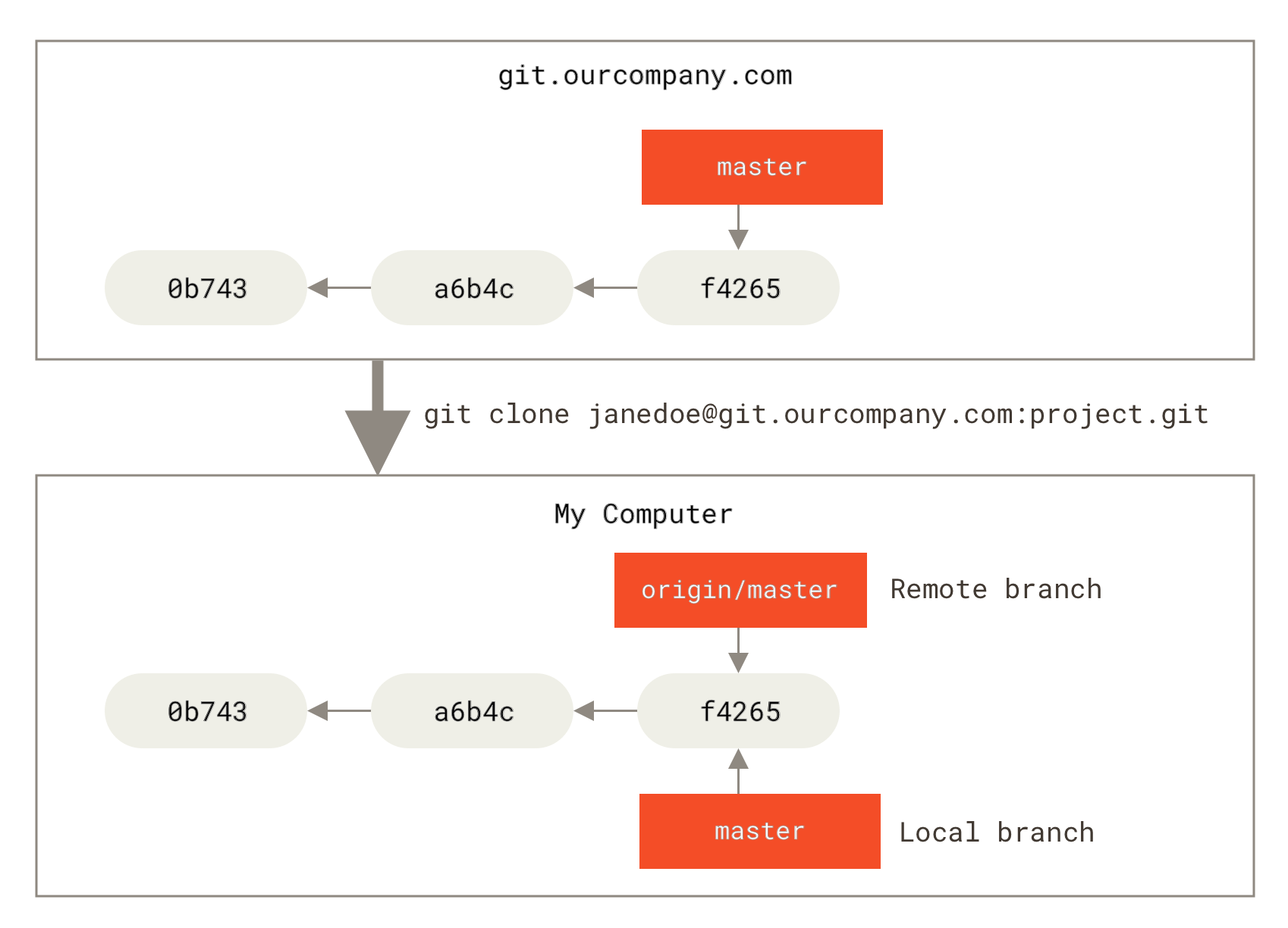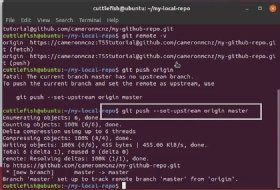
The Git Remote Helper expects that the wallet credentials are in the file ~/.gosh/config.json or in the file specified in the environment variable GOSH_CONFIG_PATH,

To be able to push to Gosh repositories, you need to set up these credentials for Git Remote Helper. When creating your account in GOSH Web or Docker extension you received a GOSH wallet address and keys. If the Git Remote Helper is not available, then add path with git-remote-goshįor availability via $PATH: export PATH="~/.cargo/bin:$PATH" Run the following command to make sure it's available: which git-remote-gosh You can check the correctness of the configuration file by running the command: git-remote-gosh dispatcher_ini You need to create a configuration file for the Git Remote Helper: ~/.gosh/dispatcher.ini
#Git remote install
Install helper from sourceĪfter building all the components, the finished binary files will be located in the ~/.cargo/bin directory. Mkdir ~/.gosh || mv dispatcher.ini ~/.gosh/Ĭhecking the installation results.
#Git remote download
Install helper from binary releasesĪnd download the version of the Git Remote Helper for the required operating system (macOS, Linux, Windows).Īnd move dispatcher.ini to ~/.gosh/ folder: If you have Windows, you can use the installation methods below.Ĭhecking the installation results.

If you have macOS or Linux, you can use this installation method. Installation Install helper using the installation script
#Git remote code
git pull is a combination of git fetch and git merge.Git Remote Helper (this is a standard mechanism for working with non-standard code storages) is a git-client helper to interact with remote repositories hosted on the GOSH blockchain.
#Git remote update
These update every time you run git fetch or git pull. These branches are read only copies of the branches on the remote. The branches that (by default) appear in red are the remote tracking branches. If you run git branch -all in your repository, you will notice a long list of branches. Git keeps track of the branches that you work on locally, as well as each of the branches in every remote associated with your local repo. The concept of branches can be confusing once it is combined with the concept of remotes. Unless you are using one of these four commands, all of your work is only happening locally. There are four commands within Git that prompt communication with the remote. It's typical to name this remote upstream. To make it easier to pull any changes to update the local copy of the fork from the original repository, many people add the original repository as a remote also. Then, the default remote would be origin, in reference to the fork.

In this case, it's common to create and clone a fork. This can be common in open source, when a contributor needs to create a fork of a repository to have permission to push changes to the remote. You may need or want to work with multiple remotes for one local repository. It's like a key value pair, and origin is the default. origin is the human-friendly name for the URL that the remote repository is stored at. You may notice origin in many messages from Git. If you try running git remote -v in your repositories, you'll probably see something called origin. git remote -v: List the current remotes associated with the local repository.Git remote manages the set of remotes that you are tracking with your local repository.


 0 kommentar(er)
0 kommentar(er)
